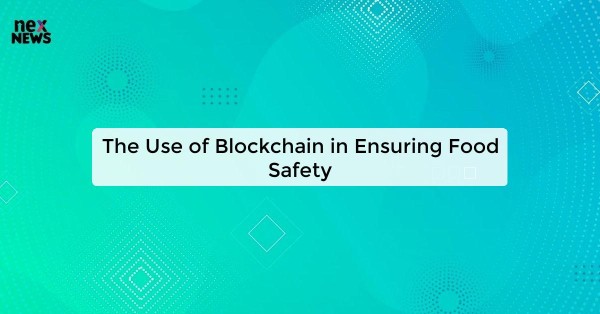Overview of Food Safety Concerns
Food safety is a critical issue that affects individuals, communities, and economies worldwide. The risk of foodborne illnesses poses a significant threat to public health, leading to serious consequences such as hospitalizations and even deaths. Contaminated food can harbor harmful bacteria, viruses, parasites, or chemicals that can cause various illnesses, making it crucial to prioritize stringent food safety measures at all stages of the food supply chain.
In addition to the immediate health impacts, food safety concerns also have implications for food security and consumer trust. Incidents of food contamination or adulteration can erode consumer confidence in the safety and quality of the food they eat. This lack of trust can have far-reaching consequences, impacting food businesses, industry reputation, and overall food accessibility and affordability. As such, addressing food safety concerns is not just a matter of protecting public health but also safeguarding consumer trust and ensuring the sustainability of the food industry.
How Blockchain Technology Works
Blockchain technology operates as a decentralized, distributed ledger system that securely records transactions across a network of computers. Each block in the chain contains a specific set of data, such as transaction details, timestamps, and a unique cryptographic hash. Once a block is validated by network participants through consensus algorithms, it is cryptographically linked to the previous block, forming a chain of blocks.
Through a process known as consensus, network participants reach an agreement on the validity of transactions, ensuring that all data stored on the blockchain is accurate and tamper-proof. This consensus mechanism eliminates the need for a central authority to oversee transactions, making blockchain a highly transparent and secure platform for recording and verifying information. The decentralized nature of blockchain technology also enhances trust among users by providing a verifiable and incorruptible record of transactions.
Benefits of Using Blockchain in Food Safety
Blockchain technology offers several key benefits when applied to food safety protocols. Firstly, it enhances transparency throughout the supply chain by recording transactions in a secure and immutable manner. This transparency ensures that stakeholders can trace the journey of food products from farm to table, reducing the risk of food fraud and contamination incidents.
Secondly, blockchain provides enhanced traceability, allowing for quick and efficient tracking of food products in case of a recall. By digitizing the supply chain and creating a decentralized ledger of information, stakeholders can pinpoint the exact source of any food safety issues and take swift action to mitigate risks. This level of traceability not only promotes consumer trust but also helps to safeguard public health by facilitating rapid responses to potential threats.
Challenges in Implementing Blockchain for Food Safety
One challenge in implementing blockchain for food safety is the complexity of integrating this technology across the entire supply chain. From farmers and producers to distributors and retailers, each party must be willing to adopt blockchain and adhere to the standards set in place. Coordinating these efforts can be a daunting task, especially when dealing with different levels of technological literacy and varying degrees of resources.
Another obstacle is the need for widespread collaboration and cooperation among all stakeholders in the food industry. In order for blockchain to effectively enhance food safety, data must be consistently and accurately recorded at every stage of production, processing, and distribution. This requires a high level of trust and transparency among participants, as well as a willingness to share information that may reveal weaknesses or inefficiencies in the supply chain.
Current Technologies Used in Ensuring Food Safety
One widely adopted technology in ensuring food safety is the use of temperature monitoring systems. These systems track and record the temperature of food products throughout the supply chain, from production to consumption. By maintaining proper temperature levels, the risk of bacterial growth and contamination is significantly reduced.
Another key technology utilized is traceability software. This software enables companies to track the journey of a food product from its origin to the final destination. With the ability to trace each step of the supply chain, food establishments can quickly pinpoint any contamination issues or recalls, ensuring the safety of consumers.
